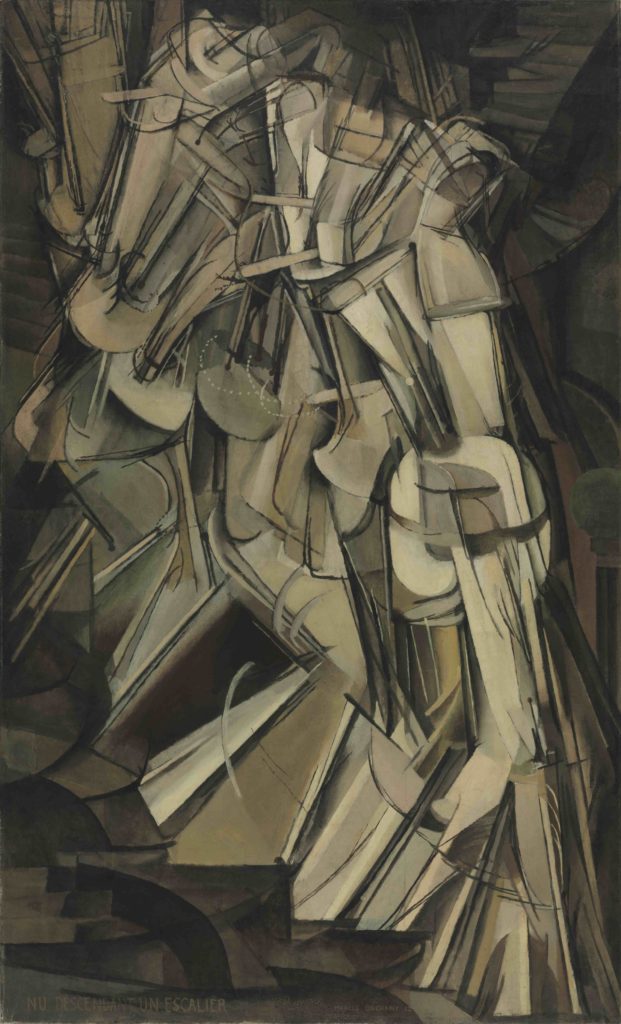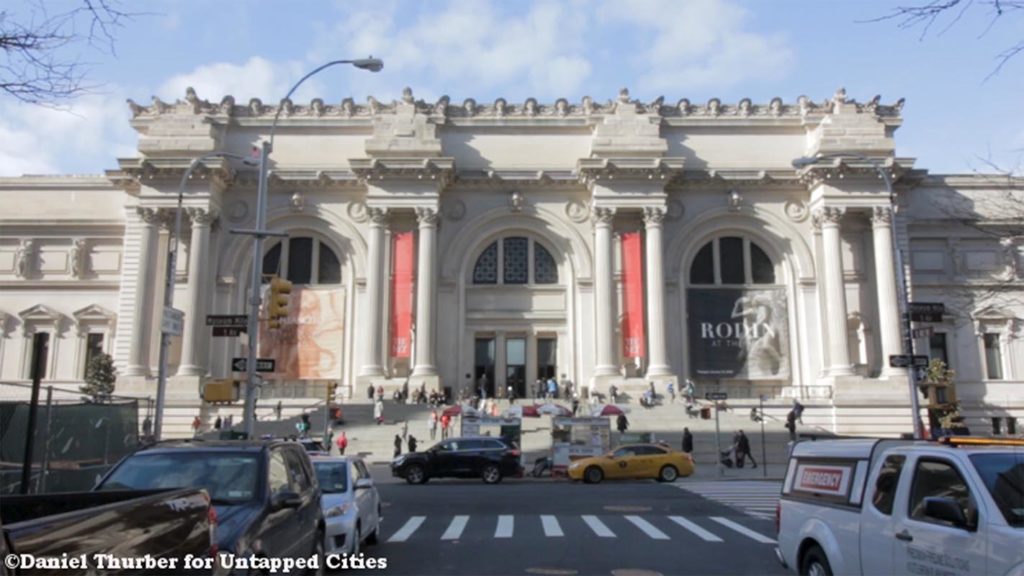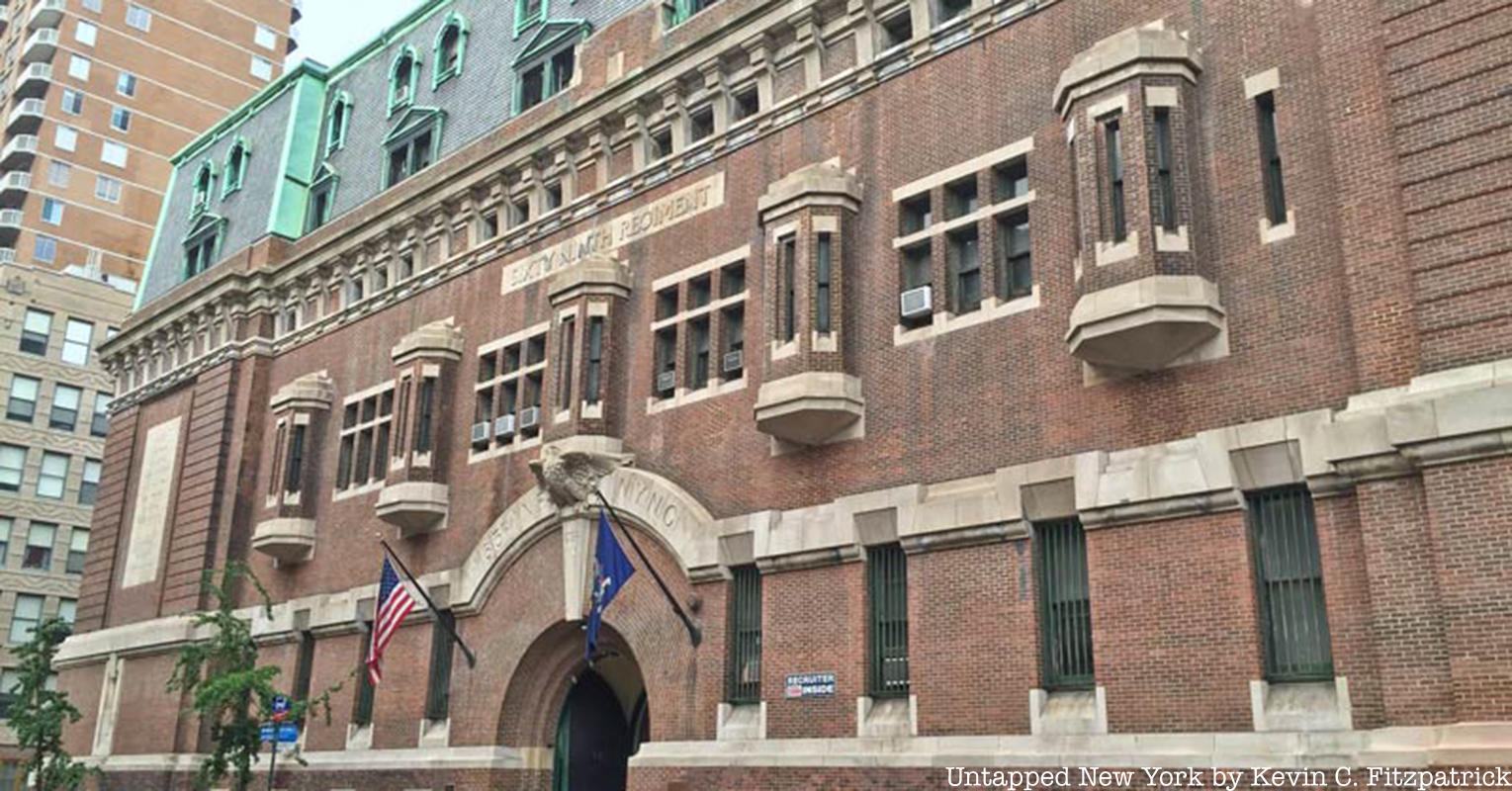Today, on February 17, 1913, the Armory Show opened in New York City’s 69th Regiment Armory on Lexington Avenue. The Armory Show, also known as the International Exhibition of Modern Art, was one of the first exhibitions dedicated to modern art in the U.S. It was organized by the Association of American Painters and Sculptors (AAPS), as well as one of the first held in a U.S. National Guard armory. The most famous Fauvists and Cubists presented work at the exhibition, a representation of the European Avant-Garde movement.
Plans for the event were first formulated at Madison Gallery in Manhattan on December 14, 1911, and participants included Henry Fitch Taylor and Jerome Myers. The AAPS was officially formed in January 1912, with founding members including the more famous Gutzon Borglum and William Glackens. Immediately, the AAPS began planning the exhibition, and the armory was rented for $5,000 (or just over $140,000 today). Plans for the show to move to Boston and Chicago afterward were also put forth.
The most difficult part of the exhibition was selecting the artwork, most of which had never been seen by American audiences. Walt Kuhn, one of the founding members of AAPS, went on a collecting tour across the Netherlands, France, England, and Germany in search of the best modern art to display. Kuhn was able to secure three notable paintings which would go on to define the exhibition: Duchamp‘s Nude Descending a Staircase, No. 2, Matisse‘s Blue Nude, and his Madras Rouge. Many of the artists included, such as Jean Metzinger and Albert Gleizes, knew the art advisor and critic Walter Pach, who also helped recruit many artists. The Armory Show brought in some of the biggest names in early 20th century European art, though this would be the only exhibition the AAPS would run.

The Armory Show brought together over 1,300 artworks representing over 300 artists of the Fauvist, Cubist, and Impressionist movements. The exhibition featured 18 exhibitions labeled by letters, with a significant concentration of American and French works. About a fifth of the artists were women, but most have entered into relative obscurity. And as expected, despite great success, critics were fierce. Some considered the exhibition scathing, immoral, and anarchist, while others called it a mockery. The show remained open for a full month, despite some threats and outward distaste for the exhibition. President Theodore Roosevelt even exclaimed, “That’s not art!” after seeing some of the artworks represented.
Duchamp’s Nude Descending a Staircase, No. 2 perhaps was the most controversial piece in the exhibition. The painting depicts superimposed images of a figure in motion, and it was rejected by the Cubists as being too Futurist. Art critic Julian Street supposedly penned the famous line that the work resembled “an explosion in a shingle factory.” Borglum, an early organizer for the show and sculptor behind Mount Rushmore, called it “a staircase descending a nude.” It was first displayed at the 1912 Salon des Indépendants in Paris, whose slogan was “without jury nor reward.” The Salon and similar European exhibitions which challenged exclusionary policies of the elite French galleries and museums were major inspirations for the Armory Show.
Many paintings and sculptures in the exhibition were eventually sold, some even entering the Metropolitan Museum of Art‘s collection. Duchamp’s brothers, who were also artists, achieved international fame. Because of space issues, however, all American art was removed from the Chicago and Boston iterations of the exhibition. The distaste and scandals continued in Chicago when investigators and viewers protested the “immoral” and “suggestive” artworks.

The Armory Show inspired other exhibitions throughout the U.S., including a similar one at the Cincinnati Art Museum three decades later. The 69th Regiment Armory was also the setting for Experiments in Art and Technology, in which 10 artists worked with 30 engineers to create art fused with new technology, and is home to the Garryowen Club, a bar that’s only open to military.
Today, the Armory Show is an international art fair established in 1994, and attracts tens of thousands of art enthusiasts. The show is divided into “Galleries,” “Solo,” “Focus,” “Presents,” and “Platform.” It was held at the Javits Center in 2021, and it brings in leading contemporary artists, largely for commercial purposes. In 2013, museums around the country celebrated the centennial presenting some works which appeared in the Armory Show, as well as other modern works.
Next, check out the Top 10 Secrets of the Metropolitan Museum of Art!






